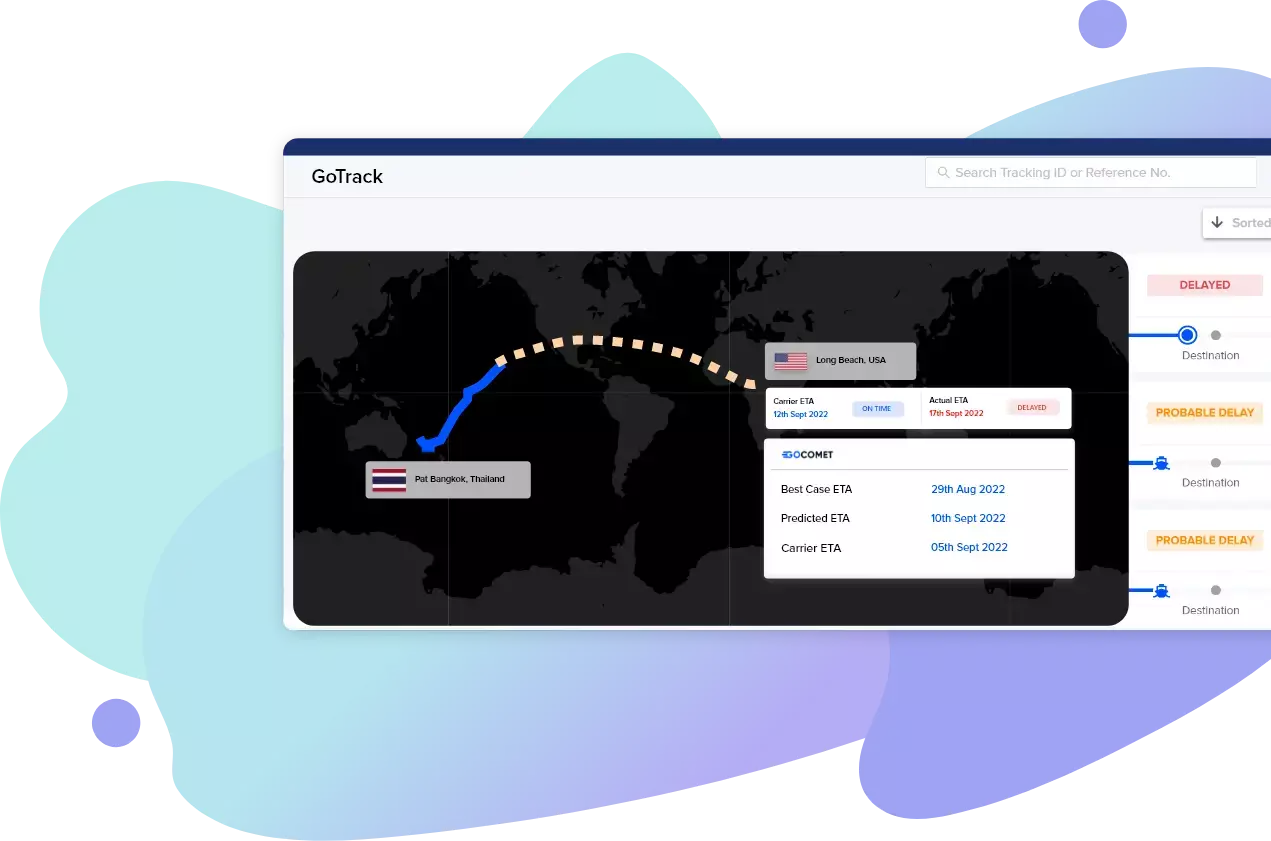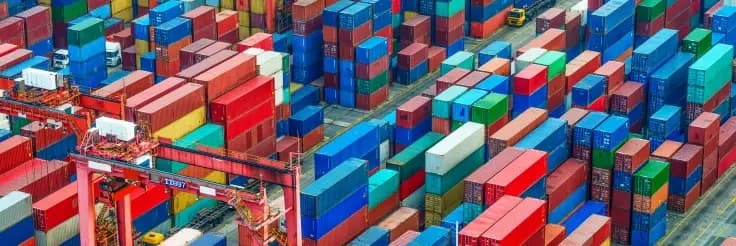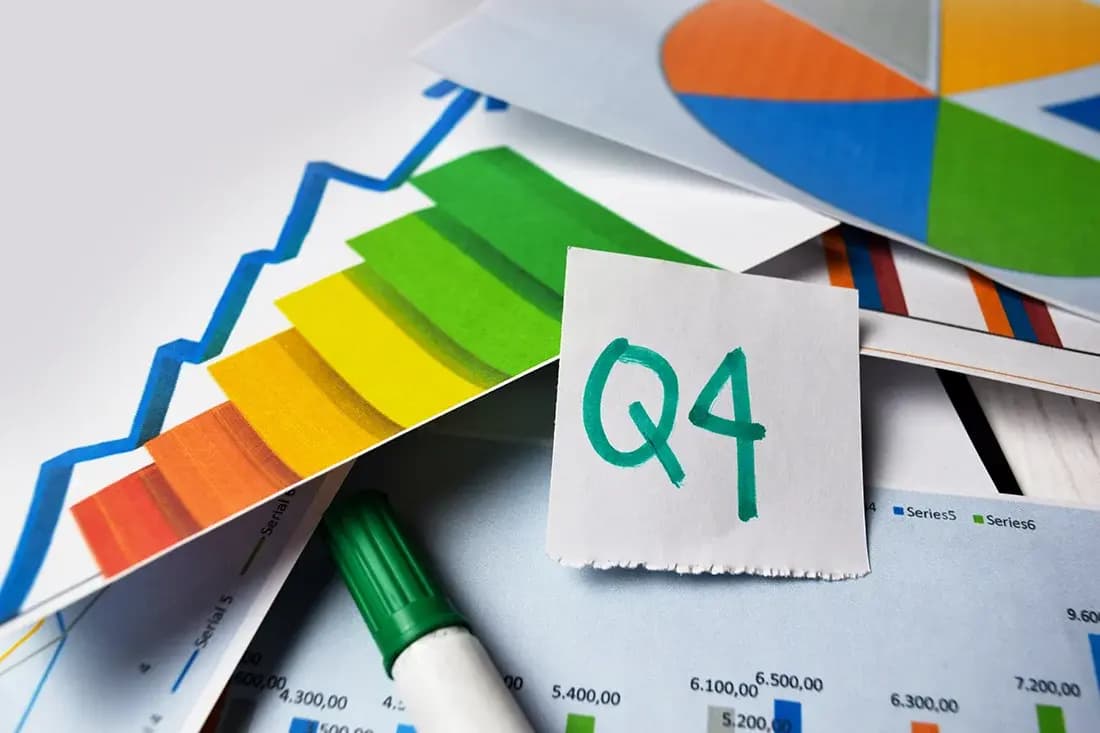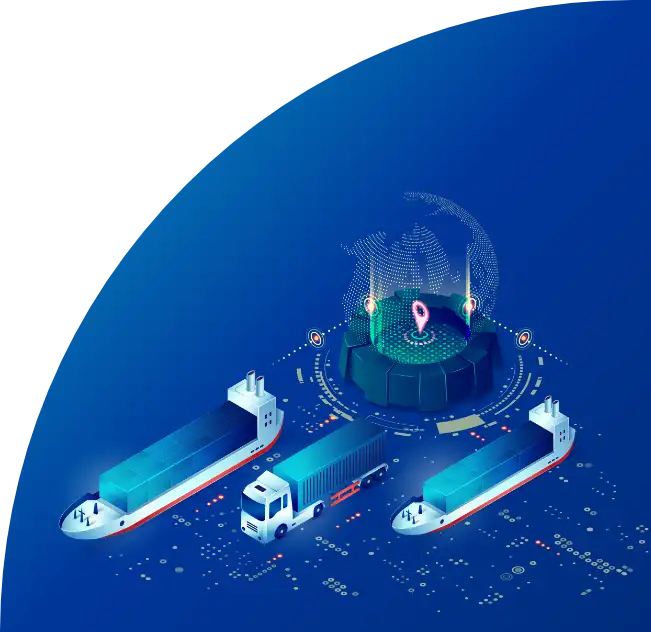Current Port Congestion in Estonia
Learn about current congestion levels affecting Estonian ports such as Tallinn, Muuga, and Paldiski, where container traffic, Ro/Ro shipments, and Baltic trade dynamics influence operational efficiency. Use GoComet’s port congestion tool to track real-time vessel movement and reduce delays in your cargo planning to and from Estonia.
Need access to our entire database?
Ports List
















































































Port Delay by Country
About Estonia Ports and Congestion
Need weekly report on port congestion for your desired ports?
Feature Insights
Sailing Schedule
63%
shipments do not arrive on-time at Estonia region
Carrier Spotlight
MSC
has the highest shipments arriving on-time for Estonia region
GoComet launched revolution!
Stay up to date with live weekly
congestion status of your ports


Navigating port congestion to mitigate 51% of the delivery delays: Case study
In today's globalized world, efficient supply chain management is crucial for businesses to thrive. However, disruptions such as port congestion can significantly impact delivery schedules, leading to frustrated customers and compromised production c...
# blog

Region-Specific Port Congestion Analysis – Quarterly Report
Global port congestion in Q1 2023 has improved significantly from its peak in Q4 2021, but it is still far from normal. The main factors that have contributed to the improvement are the easing of COVID-19 restrictions, the return of some ships to ser...
# blog







Frequently asked questions
How can I monitor congestion at Tallinn or Muuga using GoComet?
GoComet provides live insights on vessel traffic, berth occupancy, and port congestion metrics for Estonia’s major ports.Which Estonian ports are included in GoComet’s tracker?
GoComet covers Tallinn, Muuga, Paldiski, and other active terminals handling commercial traffic in Estonia.Can GoComet be used for container and RoRo vessel tracking?
Yes, the tool supports tracking for all vessel types operating through Estonia’s maritime gateways.Does GoComet allow congestion comparison with other Baltic ports?
Absolutely. You can benchmark Estonian port congestion with other Baltic and Northern European terminals.Who benefits from using the congestion tracker in Estonia?
Freight forwarders, shipping lines, port authorities, and supply chain managers use it for real-time planning and delay avoidance.
